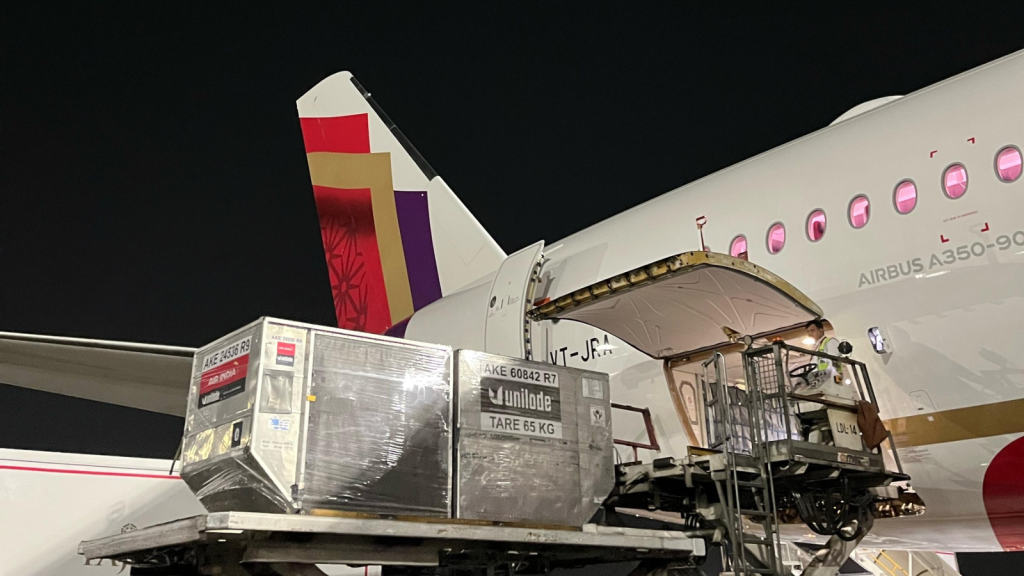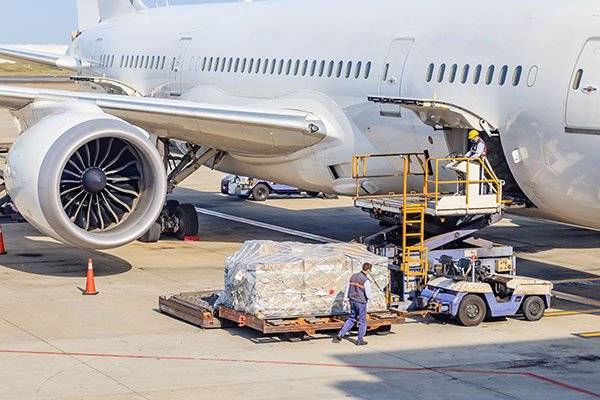The global air cargo industry witnessed a positive shift in May 2025 as air freight tonnages rose by 4% compared to April. This marks a strong recovery after a 7% drop in April and shows a 4% increase compared to the same month last year. The improvement signals renewed strength in global trade, especially after several weeks of lower activity due to holidays and shifting trade policies.
Why global air cargo is bouncing back in May
Several factors played a role in the positive growth of air cargo tonnages in May:
- End of holidays in Asia: The earlier dip in volumes was mainly due to holidays in China, Japan, and South Korea. Once these were over, freight activity picked up quickly.
- Trade adjustments: Temporary changes in trade policies and reduced tariff tensions helped improve the movement of goods between key markets like China and the U.S.
- Better planning by companies: Many businesses adjusted their shipping strategies after April’s drop, boosting cargo flows in May.
Asia leads the global air cargo rebound
Asia played a major role in lifting the global air cargo numbers. Countries like China, Japan, and South Korea showed strong growth in freight volumes during the third and fourth weeks of May.

China–US cargo volumes rose sharply mid-month, bouncing back after a temporary dip at the beginning of May.
Japan and South Korea also saw significant increases in their air cargo shipments, which contributed to the global rebound.
Other regions see moderate growth

North America and Europe experienced steady growth, with most markets returning to the levels seen in early April.
Middle East and South Asia also showed a gradual rise in volumes.
Central and South America was the only region that did not see a significant rebound, mainly due to a seasonal drop in flower shipments after Mother’s Day.
Air cargo rates decline despite tonnage growth
Even though tonnages increased, average air freight rates dropped by 4% in May compared to April, and 3% compared to May last year. This is the first time in over a year that average rates have fallen below the same period in the previous year.
Several reasons explain this trend:
- More available capacity: Passenger planes have returned to the skies, adding more belly cargo space and reducing rate pressure.
- Inventory adjustments: Many companies are still using stockpiled goods from earlier in the year, reducing urgent shipping needs.
However, by the end of May, there was a small rise in average rates due to strong Asian demand. For example, spot rates from China to the U.S. increased by about 6% compared to the previous week, even though they were still lower than last year’s rates.
Rate movements on key trade lanes
Asia Pacific average spot rates reached around $3.68 per kilogram, which was a 4% increase from the previous week.
China to the U.S. spot rates rose to about $4.49 per kilogram. This was higher than the 2025 average but still lower compared to May 2024.
Other routes saw stable or slightly lower rates, keeping the overall global average down.
March and April set the stage for May’s rebound
In March, global cargo demand had shown signs of recovery, rising over 4% year-on-year. April saw a setback due to holidays and tariff concerns. These earlier patterns laid the foundation for May’s bounce, as businesses resumed shipments and adjusted logistics plans.
The May rebound also followed inventory buildup earlier in the year, which had temporarily reduced shipping urgency. With demand rising again, volumes are now catching up.
Global air cargo rebound still faces future challenges
While May’s numbers are promising, industry experts believe that challenges remain for the coming months. Here are a few things to watch:
- Trade policy changes: Recent tariff pauses between major economies may not last. Future political decisions could disrupt the balance again.
- Economic slowdown risks: Global inflation and interest rate worries might reduce consumer demand, leading to fewer goods being shipped by air.
- Shifting shipping strategies: Companies may continue to balance between air and sea freight depending on costs, urgency, and route availability.
- Weather and holiday effects: Summer holidays and seasonal weather changes could impact volumes unpredictably in June and July.
Global cargo trends in numbers (May 2025)
| Metric | Value |
|---|---|
| Month-on-month tonnage growth | +4% |
| Year-on-year tonnage growth | +4% |
| Month-on-month rate change | -4% |
| Year-on-year rate change | -3% |
| Strongest growth region | Asia Pacific |
| Weakest performing region | Central & South America |
What to expect in the coming months

Industry analysts say that the rebound in May could be a sign of more stable air cargo volumes in the second half of 2025. However, a lot will depend on how global trade policies evolve and whether consumer spending stays strong.
If tariffs stay low, trade between Asia and North America could continue to grow.
If more passenger planes are added, available cargo space will increase, which may lower rates further.
If demand picks up during summer holidays, we could see another rise in both volumes and prices.
Conclusion
The global air cargo rebound in May 2025 is a positive sign for the logistics and freight industry. A 4% rise in tonnage, supported by strong growth in Asia and easing of trade-related pressures, helped reverse April’s decline. While rates have softened, the industry is showing signs of recovery and flexibility.
As the world adjusts to shifting trade patterns, capacity changes, and consumer behavior, the air cargo sector continues to adapt quickly. If current trends hold, the rest of 2025 could bring steady, if cautious, growth.
Do follow UAE Stories on Instagram
Read More: MENA M&A Deals Q1 2025 Show Strong Growth With $46 Billion Value













